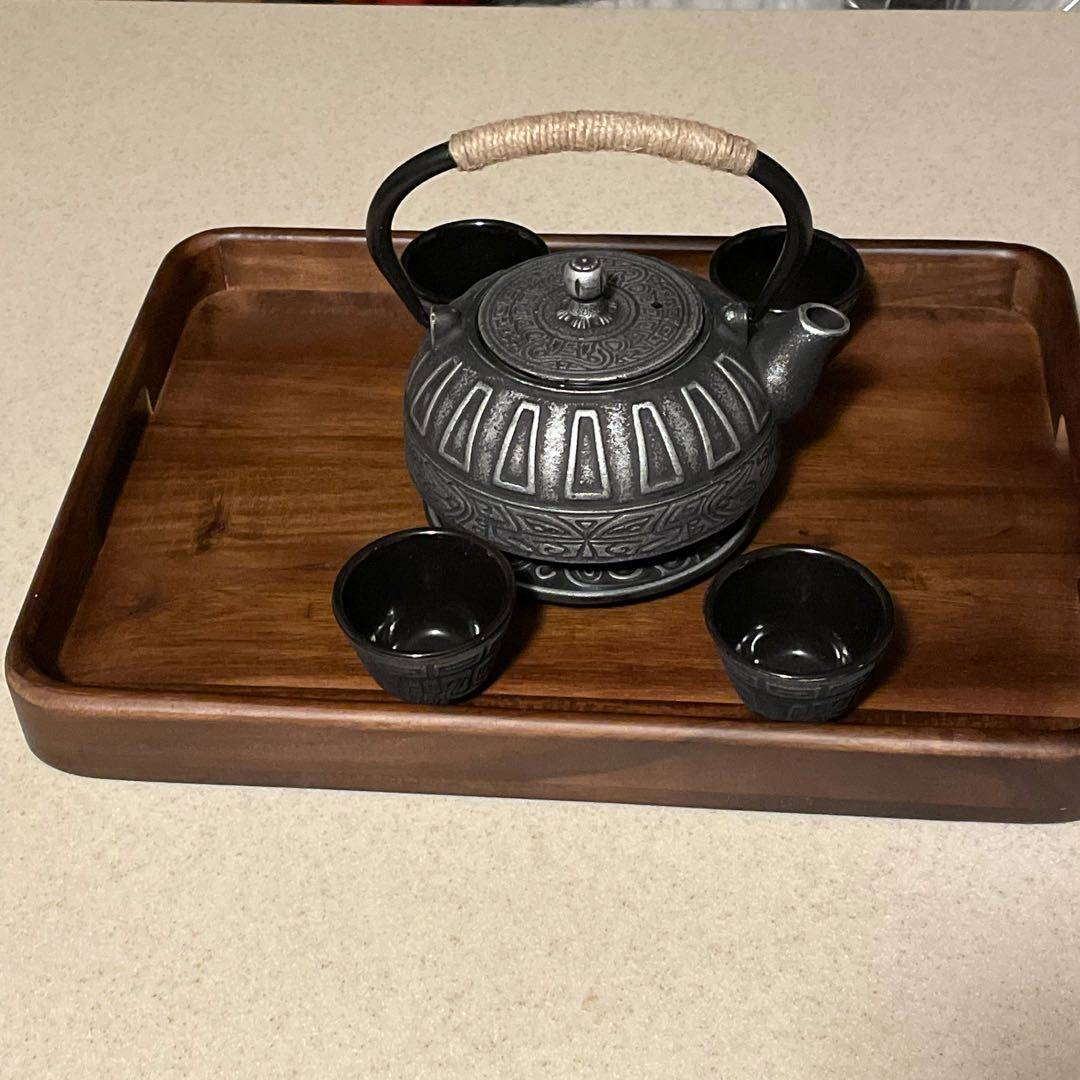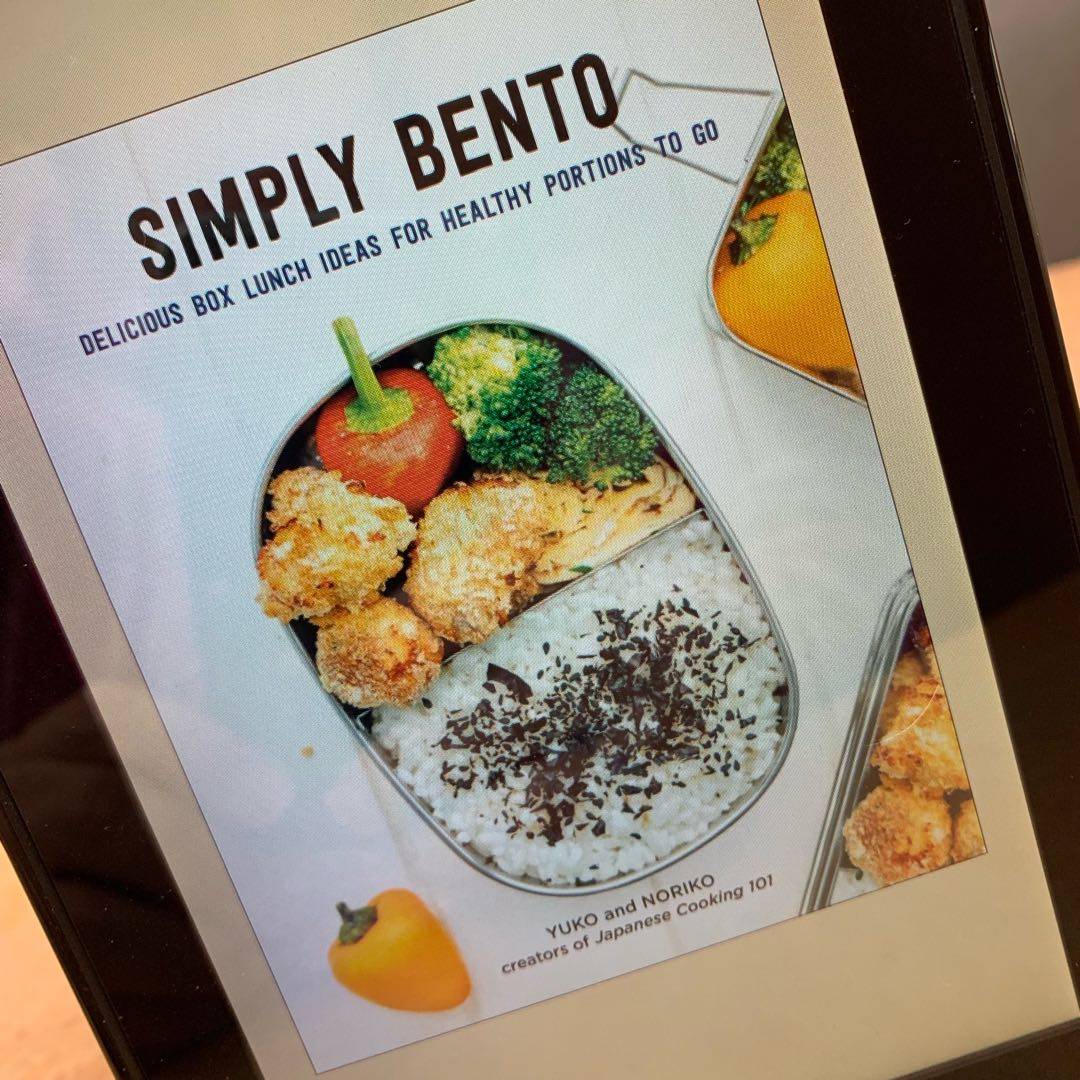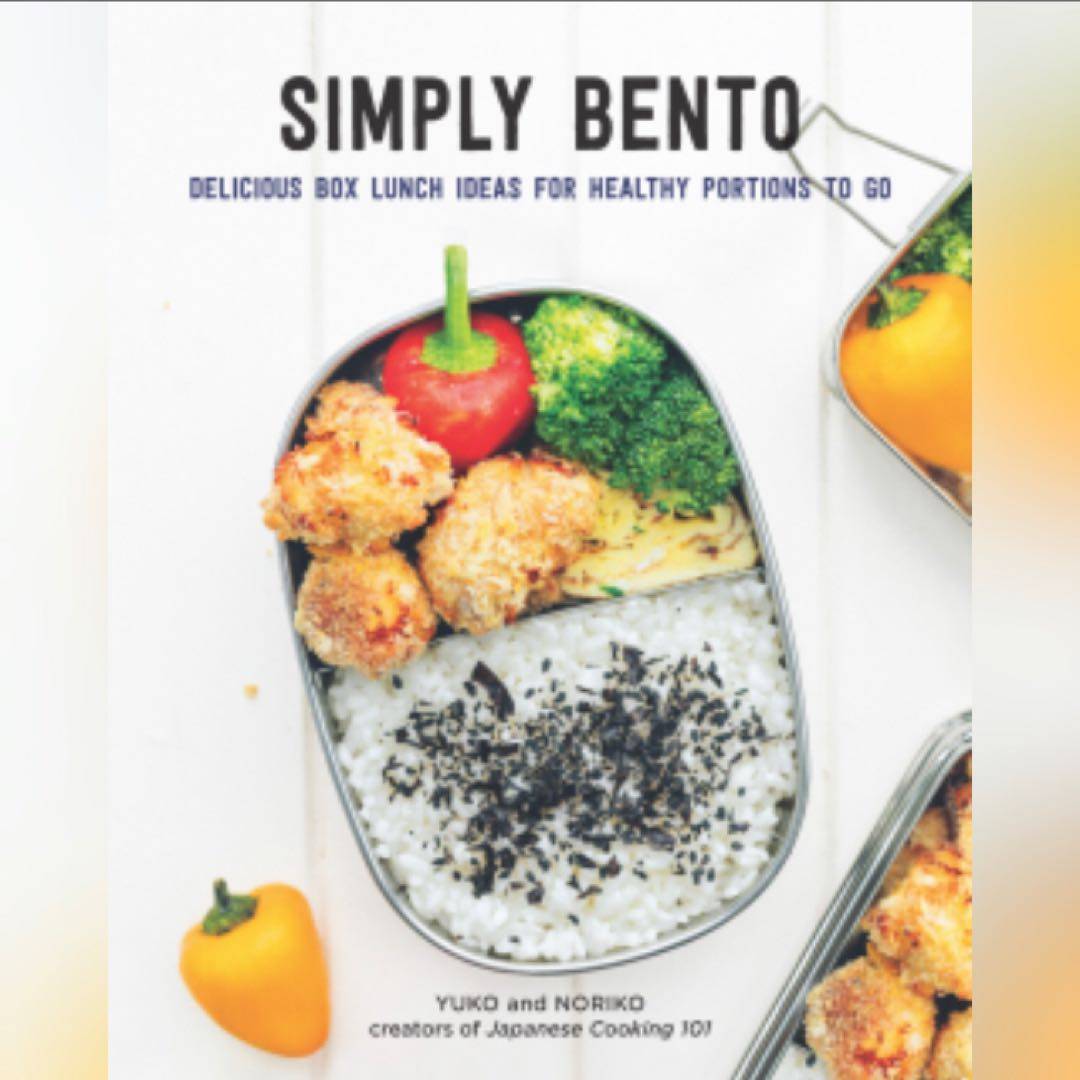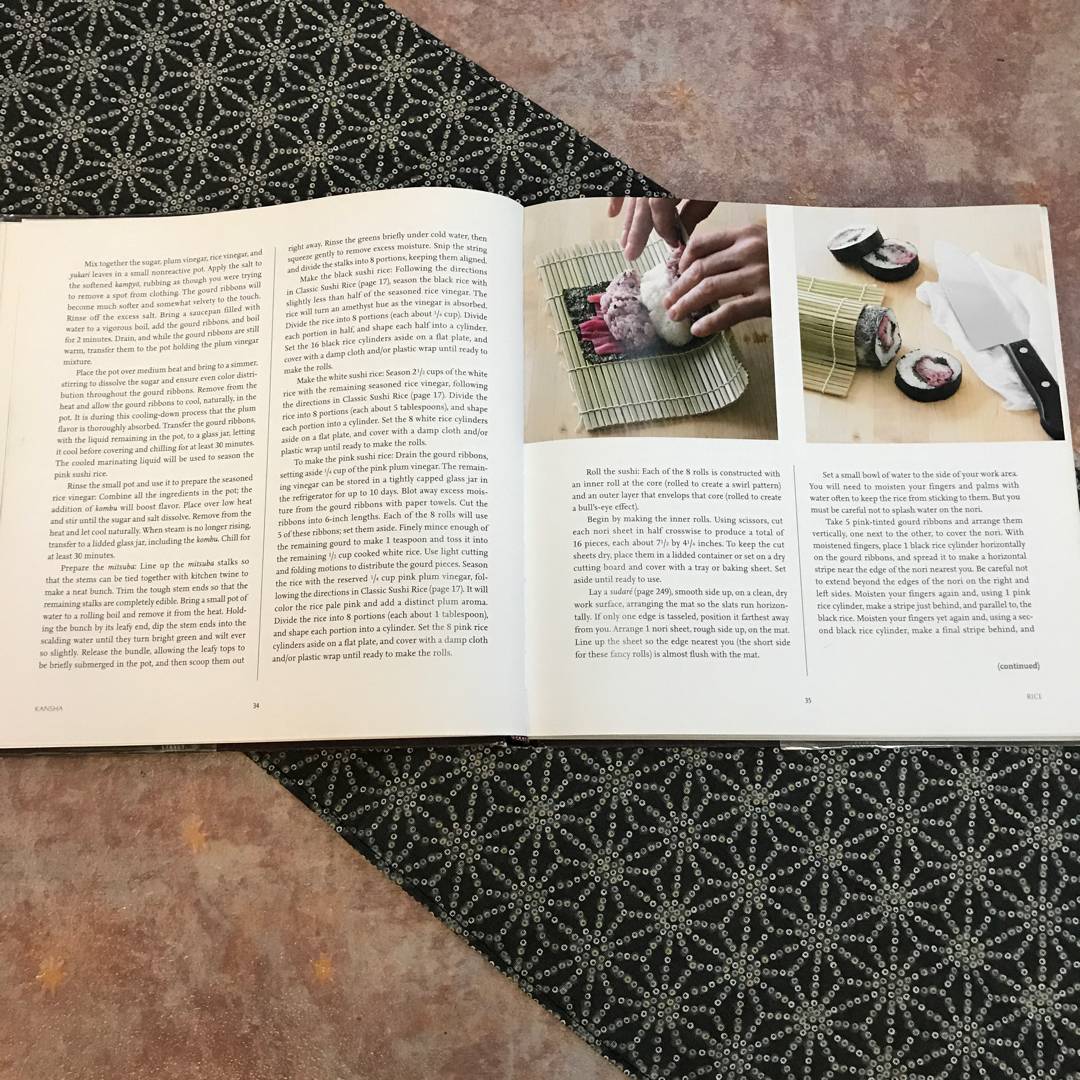
Finally found the perfect tray for my Japanese tea set ❤️

Finally found the perfect tray for my Japanese tea set ❤️

Got some great ideas and inspiration to do more cooking. Not really vegetarian friendly but I know how to modify so worth my time. Beautiful photos.

This was a interesting book to say the least! I have always been intrigued by bento boxes, and have always wanted to know more about them. So I jumped on the opportunity when I seen this available on NetGalley. I was not let down! The recipes all sound delicious, and relatively easy to attempt. I absolutely love how the pages were laid out, and I will admit that the colorful photography had me sitting here drooling. 🤤 #NetGalleyReadathon 4/30

Heaps of fascinating info in recipe headers & sidebars! The biggest drawback to this #cookbook is the lack of illustrations. The page above is the only one that demonstrates any technique. There are many complicated steps to most of the recipes, so some prior experience with Japanese cooking would help. Still, I learned so much & feel more prepared for the shojin ryori (Buddhist temple) meals I will encounter on my visit to Japan next year.

Kitchen Culture: Heavenly Arrangement
Finely shredded vegetables are often coaxed into mounds that narrow at the top, like peaked mountains pointing towards the heavens. This plating style is called ten mori in Japanese, literally “heavenly arrangement.” It makes an impressive presentation, allowing relatively small amounts of food to look quite substantial.
(Pictured: Granny‘s Sun-Dried Radish; photography by Leigh Beisch)

Hajikami Su-Zuké
Many plant foods have natural coloration that can be heightened through pickling. These pickles are aptly called hajikami from the noun hazukashii, which means “embarrassment,” and indeed these pickles blush deeply!

Sample instructions: “Rub cucumbers one at a time with the salt, using the ita-zuri technique. Rinse the cucumbers (a greenish foam typically forms on the palms) & pat dry. Slice off stem ends & grate each cucumber, preferably on a ceramic grater to avoid a metallic taste. Line a small strainer with paper towels & allow grated cucumber to drain, saving the liquid to mellow the tartness of your dressing if need be. Add half the grated cucumber to…

Many things about this Japanese #cookbook baffle me. How to sauté vegetables using only 1/4 teaspoon of sesame oil, for example. Skillet-Seared Daikon with Yuzu (pictured above) sounds delicious, but in this case it‘s the portions that are a puzzle. Each person gets two slices of radish, 1/4-inch thick and two inches across. This is described as “a satisfying main course.” I would get skinny with this as my cooking bible.

I wish this #cookbook had more photos of the prepared dishes. Arranging this one to look like a landscape sounds fiddly and I‘ve no intention of trying it, but I‘m curious how it‘s supposed to look.

The name of this dish, Heaven & Earth, is a euphemism for kitchen scraps, namely the tops (heaven) & bottoms (earth) of produce: tender leafy celery tops; tougher leek tops; mushroom stems; carrot & daikon peels; stubby ends of lotus & burdock root, parsnips, rutabaga & bitter melon. All sorts of neglected or remaindered vegetable bits can be transformed into lovely, lacy-crisp, colourful tempura pancakes.